Association Between Total and Indirect Bilirubin Levels and Metabolic Syndrome in Adults From Lahore, Pakistan
DOI:
https://doi.org/10.61919/92pahw05Keywords:
Bilirubin; metabolic syndrome; Lahore; antioxidant; cardiovascular risk.Abstract
Background: Metabolic syndrome is a cluster of metabolic abnormalities that increases the risk of cardiovascular disease and type 2 diabetes. Emerging evidence suggests that bilirubin, particularly its unconjugated fraction, may have antioxidant properties relevant to metabolic health. However, data from South Asian populations remain limited. Objective: To investigate the association between serum total, indirect, and direct bilirubin concentrations and the presence of metabolic syndrome among adults in Lahore, Pakistan. Methods: A cross-sectional study was conducted among 546 adults (273 men, 273 women) recruited through stratified random sampling in Lahore. Participants with chronic liver disease, prior cholecystectomy, or use of hepatotoxic medications were excluded. Clinical, anthropometric, and biochemical data were collected after a 12-hour fast. Metabolic syndrome was defined using International Diabetes Federation criteria. Logistic regression models estimated adjusted odds ratios (ORs) with 95% confidence intervals (CIs) across bilirubin quartiles, controlling for age, sex, BMI, smoking, and alcohol use. Results: Mean age was 40.3 years (SD 11.9). Higher total and indirect bilirubin quartiles were inversely associated with metabolic syndrome. Compared with the lowest quartile, the highest quartile showed adjusted ORs of 0.38 (95% CI 0.21–0.68, p<0.001) for total bilirubin and 0.36 (95% CI 0.20–0.65, p<0.001) for indirect bilirubin. No consistent association was observed for direct bilirubin. Conclusion: In this South Asian population, higher serum total and indirect bilirubin concentrations were associated with lower odds of metabolic syndrome. These findings support further longitudinal and mechanistic research to clarify temporality and clinical utility
Downloads
Published
Issue
Section
License
Copyright (c) 2023 Hafiza Tooba Aftab, Fatima Javed, Fatima Rehman, Ariba Saleem, Rimsha Murad, Shiza Wajid (Author)

This work is licensed under a Creative Commons Attribution 4.0 International License.
© 2025 The Authors. This work is licensed under a Creative Commons Attribution 4.0 International License (CC BY 4.0).


